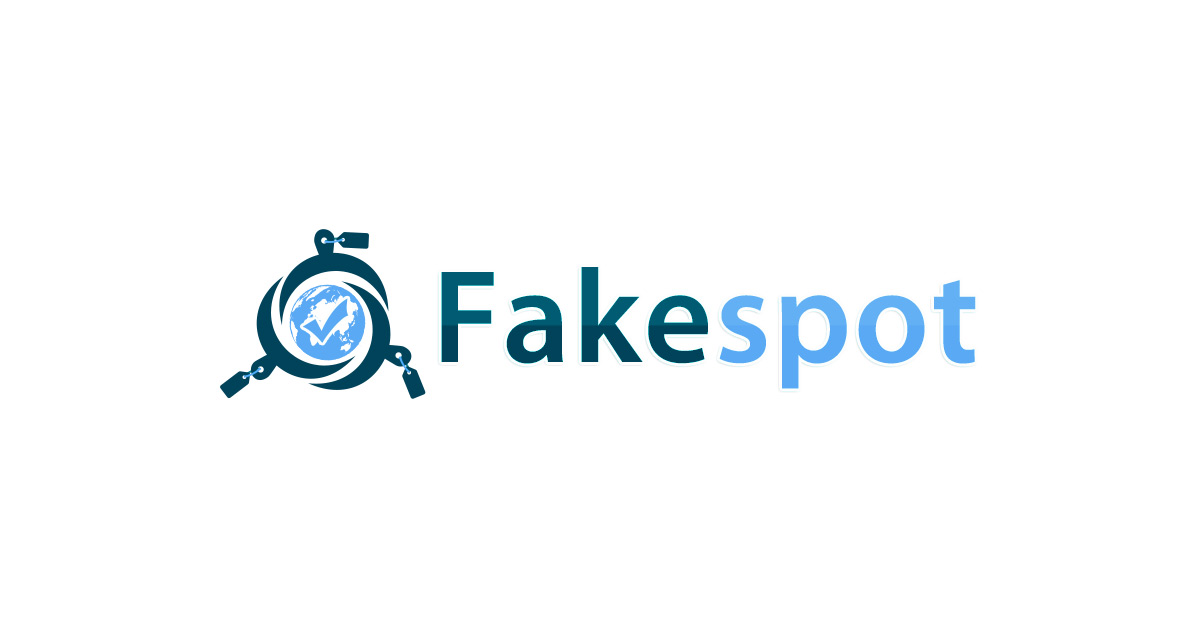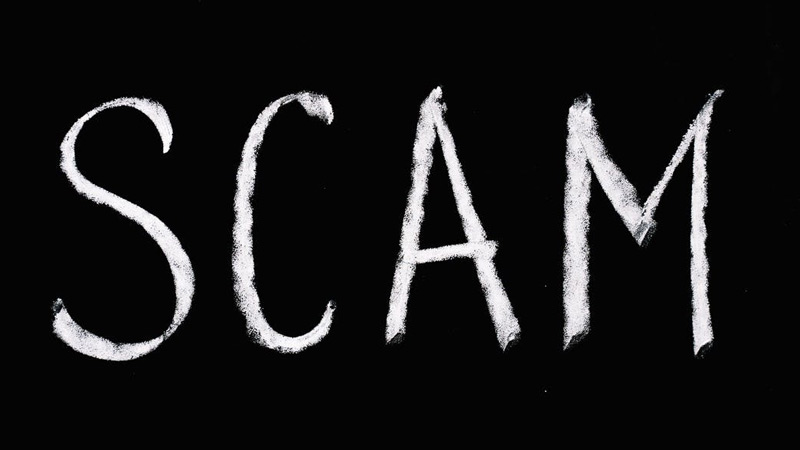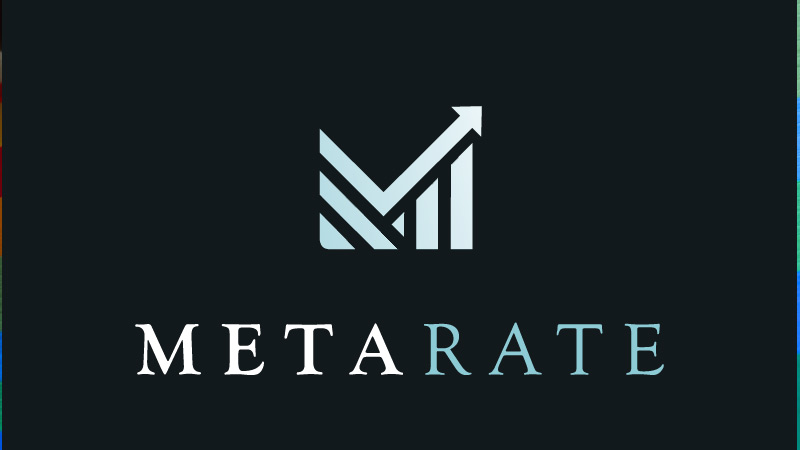Is Fakespot Reliable At Spotting Fake Reviews on Amazon

What is the first thing you do when shopping on Amazon? Check for alternative prices? Product specifications? Availability? The list goes on.
For me, it’s all about the reviews. Product reviews give me an account of someone’s experience with the item I’m about to purchase. How does one tell which reviews are legit and which are fake? Is Fakespot a reliable resource for spotting fake reviews on Amazon?
Fakespot is not reliable at spotting fake reviews on Amazon because it does not outrightly tell you which reviews are fake or legit. Fakespot is a review resource that filters through countless reviews on a product and presents you with a summary.
I’ve purchased a few items on Amazon and immediately realized I was misled by the fake reviews. I’d be giving you detailed insights on how to spot fake reviews and avoid being in the same position as I was.
Is Fakespot Reliable At Spotting Fake Reviews on Amazon

There I was, eager to unbox my new standing desk thinking it was going to be different from the previous one I got that left me with a damaged laptop and barely functional Ipad. I followed the manual carefully. I didn’t want to make any mistakes. Fast forward to barely 3 weeks after, it broke like the last one. I was furious.
From research, I gathered that Fakespot follows specific patterns in evaluating sellers on Amazon. Any person that’s committed to posting fake reviews and misleading people could study this pattern and find a way around it. I guess that’s what happened in my situation. This is one of the reasons why Fakespot is not reliable at spotting fake amazon reviews. It does not categorically tell you if reviews are fake or not.
Secondly, Fakespot focuses on quantity. If a product has over 40 positive reviews then it’s probably good. If it has very few reviews, it is not good. This is not a reliable insight because there are tons of people who are paid to provide generic positive reviews about a product. This implies that if you’re like me who used to think that the guy with higher positive reviews seems legit, you’re probably going to end up with knock-off products as I did. You can learn more about how to spot fake Amazon reviews in the next part of this write-up.
Lastly, Fakespot is guesswork. What do I mean by guesswork? It weighs a specific product, checks the purchase patterns, and gives you a vague report on why it thinks the product might not be advisable. Nobody is reading through the reviews to see if there are any elements of honesty present or if they are downright bad.
The baffling part about this is I’ve used this same resource to vet small-scale sellers on Amazon with very few honest reviews and I keep getting red flags. Simply because they don’t have significant traffic.
How Can You Tell Amazon Reviews Are Fake?

The most effective way to detect fake reviews on Amazon is by checking through the reviews manually.
There’s a voice in your head that tells you something feels off when the dots don’t connect. That voice repeatedly told me to read through the reviews thoroughly before making a purchase. That voice is your intuition. This intuition unconsciously puts glaring facts together to detect loopholes and draws a conclusion which mostly comes as a warning sign.
Intuition also helps you analyze reviews from a human angle which software cannot. Honest feedback after actual usage provides more details about a product than fake feedback which is mostly surface and generic content. You often see things like “item X is good, I used it and it changed my life. Or, I recommend this product, it is perfect”. Reviews in this category cannot be compared to detailed appraisals like; “After purchase, it took me a while to assemble because I barely understand setups. I’ve been using it for 4 weeks now and it’s just as efficient as the product says. There are still some adjustments around the Y-axis I’ve not tested yet. Asides from that, it’s a great purchase”.
You can also detect fake reviews by checking the name of the reviewer. Most fake reviews are submitted by weird names. You get to see a whole lot of nicknames and numbers. One or two reviews like this are fine. But if you have them running into double digits then that’s your cue to move on.
In addition, you can keep an eye out for a particular name that says every product on Amazon deserves 5-star ratings. If you come across such, it should raise a red flag. People in this category get paid to discredit negative reviews. It is a strategy to take your attention away from how bad the product is.
Paying close attention to negative reviews also helps you know if the good reviews are fake and misleading. If you find multiple negative reviews that address similar concerns, there’s a great chance that the surface positive reviews are phony.
Lastly, can you spot a verified purchase badge? If there’s any, it implies that the person made an actual purchase and has used the product. If this person highlights their experience with the product by stating what they like and dislike about the product, it might just be a valid review. You have to look out for details in the review. Are they talking about any specifications? Do they have observations that the seller is addressing? If these factors are present, the product might just be as good as the reviews claim.
To be on the safe side, I strongly advise that you combine all of these factors when probing a review. Who says you can’t be extra careful?
On that note, other resources exist that can help you spot fake reviews. Keep reading to find out.
Best Fakespot Alternative

MetaRate is an alternative for Fakespot that’s also reliable to a large extent. Once you paste the Amazon product link, it conducts a deep search and gives you a summary of all the reviews. Both positive and negative. Once this is done, you could simply read through the summary and make a more informed decision.
